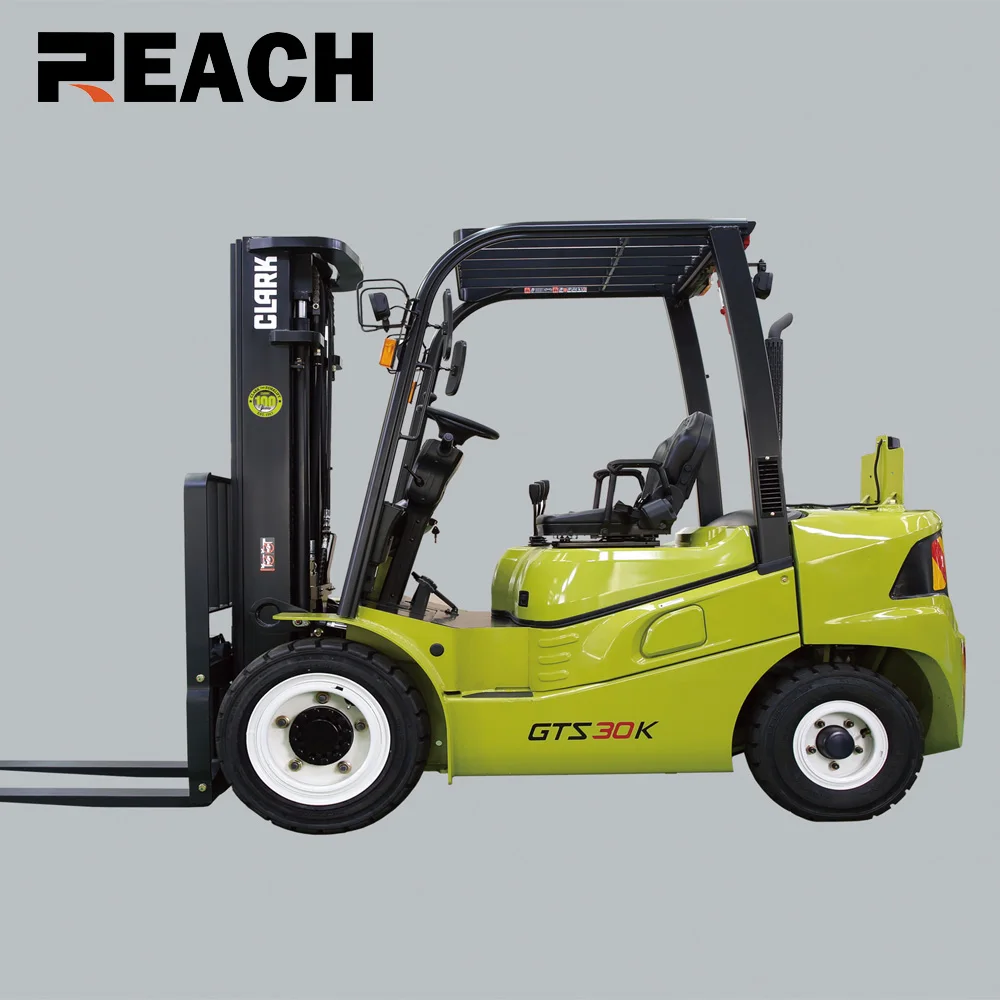
In the late 1980s, ergonomic design began to be incorporated in new forklift designs to improve operator comfort, reduce injuries and increase productivity. Safety features such as load backrests and operator cages, called overhead guards, began to be added to forklifts produced in this era. During the 1950s and 1960s, operator safety became a concern due to the increasing lifting heights and capacities. The development changed the design of warehouses leading to narrower aisles and higher load-stacking that increased storage capability. For example, in 1954, a British company named Lansing Bagnall, now part of KION Group, developed what was claimed to be the first narrow-aisle electric-reach truck.

Warehouses needed more maneuverable forklift trucks that could reach greater heights and new forklift models were made that filled this need. Following the war, more efficient methods for storing products in warehouses were being implemented. The start of World War II, like World War I before, spurred the use of forklift trucks in the war effort. The introduction of hydraulic power and the development of the first electric power forklifts, along with the use of standardized pallets in the late 1930s, helped to increase the popularity of forklift trucks. Continuing development and expanded use of the forklift continued through the 1920s and 1930s. In 1919, the Towmotor Company, and Yale & Towne Manufacturing in 1920, entered the lift truck market in the United States. In 1917, Clark in the United States began developing and using powered tractor and powered lift tractors in their factories. This was in part due to the labor shortages caused by the war. World War I saw the development of different types of material-handling equipment in the United Kingdom by Ransomes, Sims & Jefferies of Ipswich. In 1906, the Pennsylvania Railroad introduced battery-powered platform trucks for moving luggage at their Altoona, Pennsylvania, train station.

The forerunners of the modern forklift were manually-powered hoists that were used to lift loads. The middle nineteenth century through the early 20th century saw the developments that led to today's modern forklifts.




 0 kommentar(er)
0 kommentar(er)
